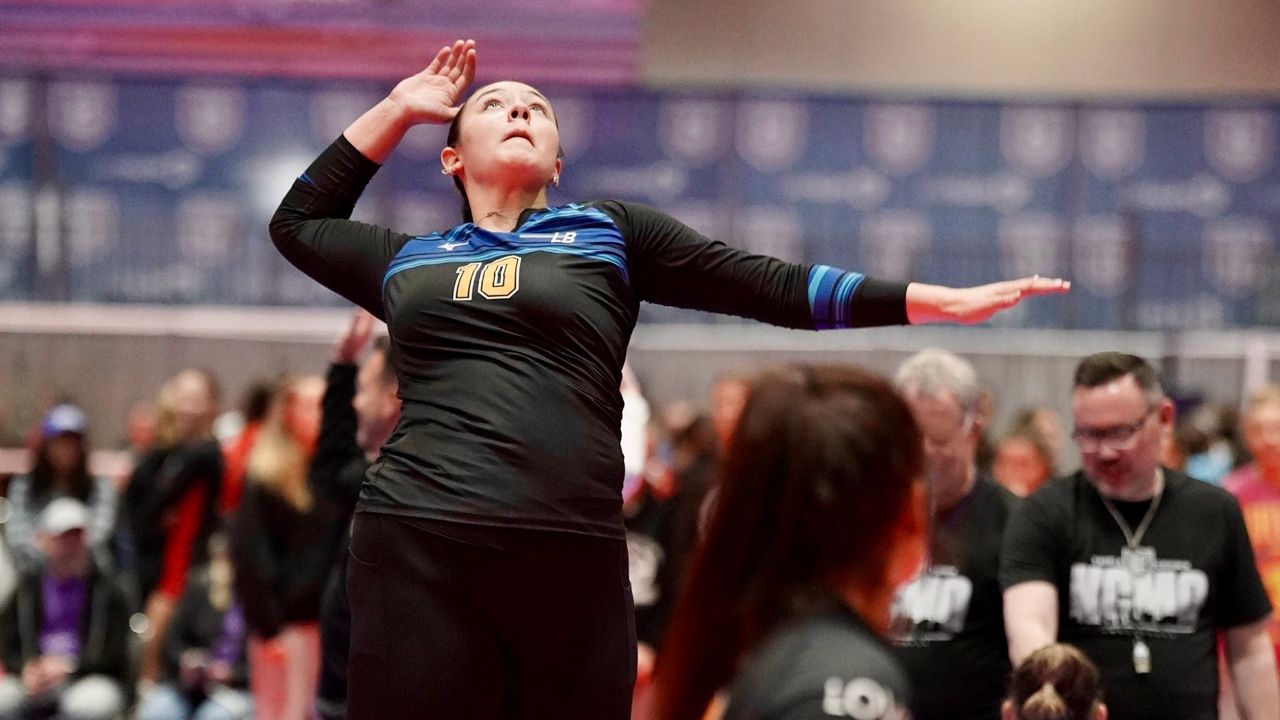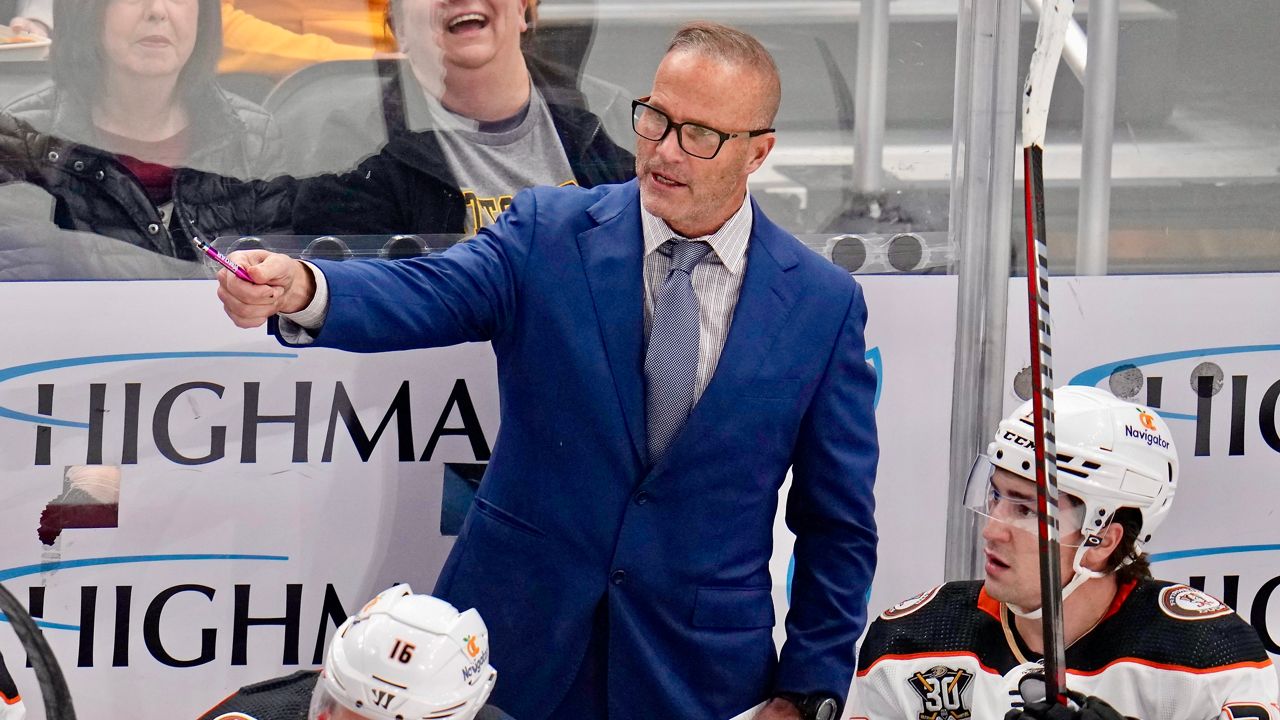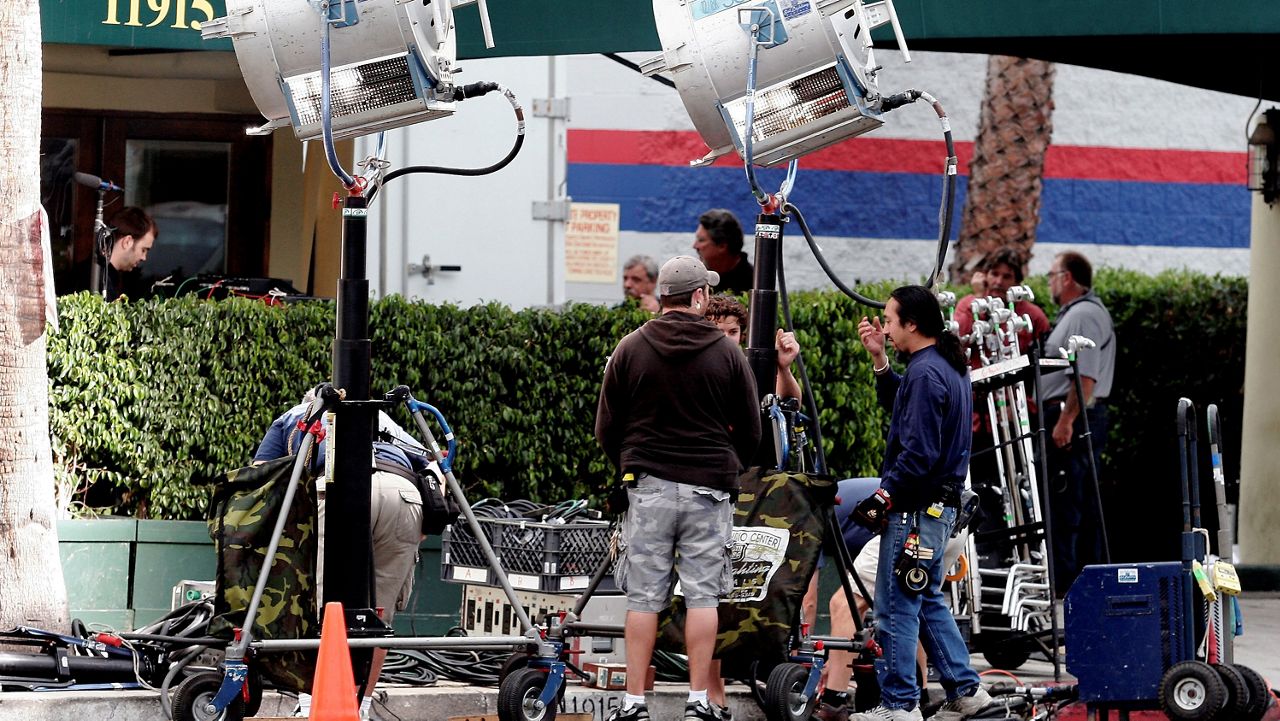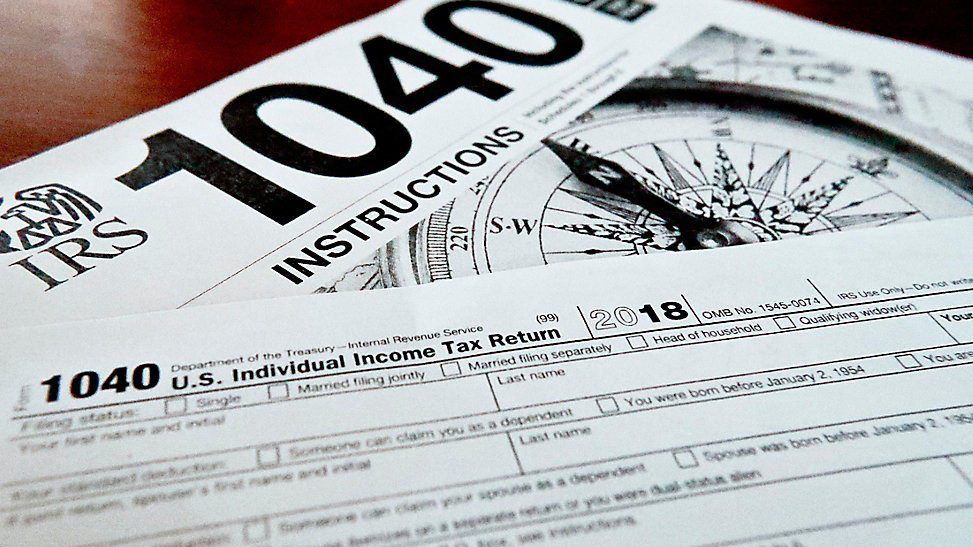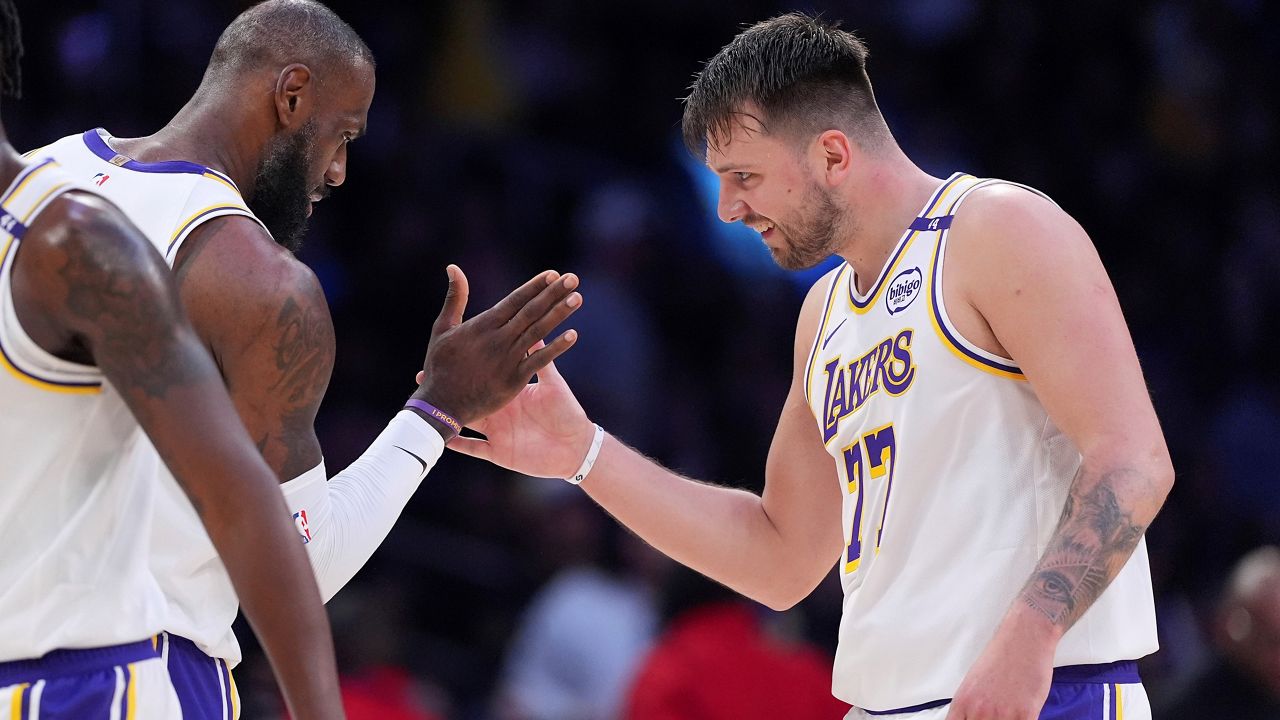HERMOSA BEACH, Calif. — As one of the top high school players in the country, Mele Corral-Blagojevich has high aspirations in the sport of women's indoor volleyball.
The 18-year-old senior at Redondo Union High School and club volleyball player at Mizuno Long Beach, Corral-Blagojevich is ready to take her game to the University of Oklahoma.
But if Corral-Blagojevich wants to continue playing beyond college, she'll need to leave the U.S. and play in Europe or places worldwide, where there's an established women's professional volleyball league.
"It was always my dream to play college ball, and then I realized there was volleyball outside of college," said Corral-Blagojevich. "If I were to play professionally, I'd have to go to Europe, Serbia or Mexico."
Not the United States.
Despite the U.S. having one of the world's best women's indoor volleyball national teams, winning gold in the Tokyo Summer Olympics in 2021, the top U.S. women's volleyball players must play outside the country to play professionally — until now.
Hermosa Beach-based League One Volleyball looks to change that dynamic.
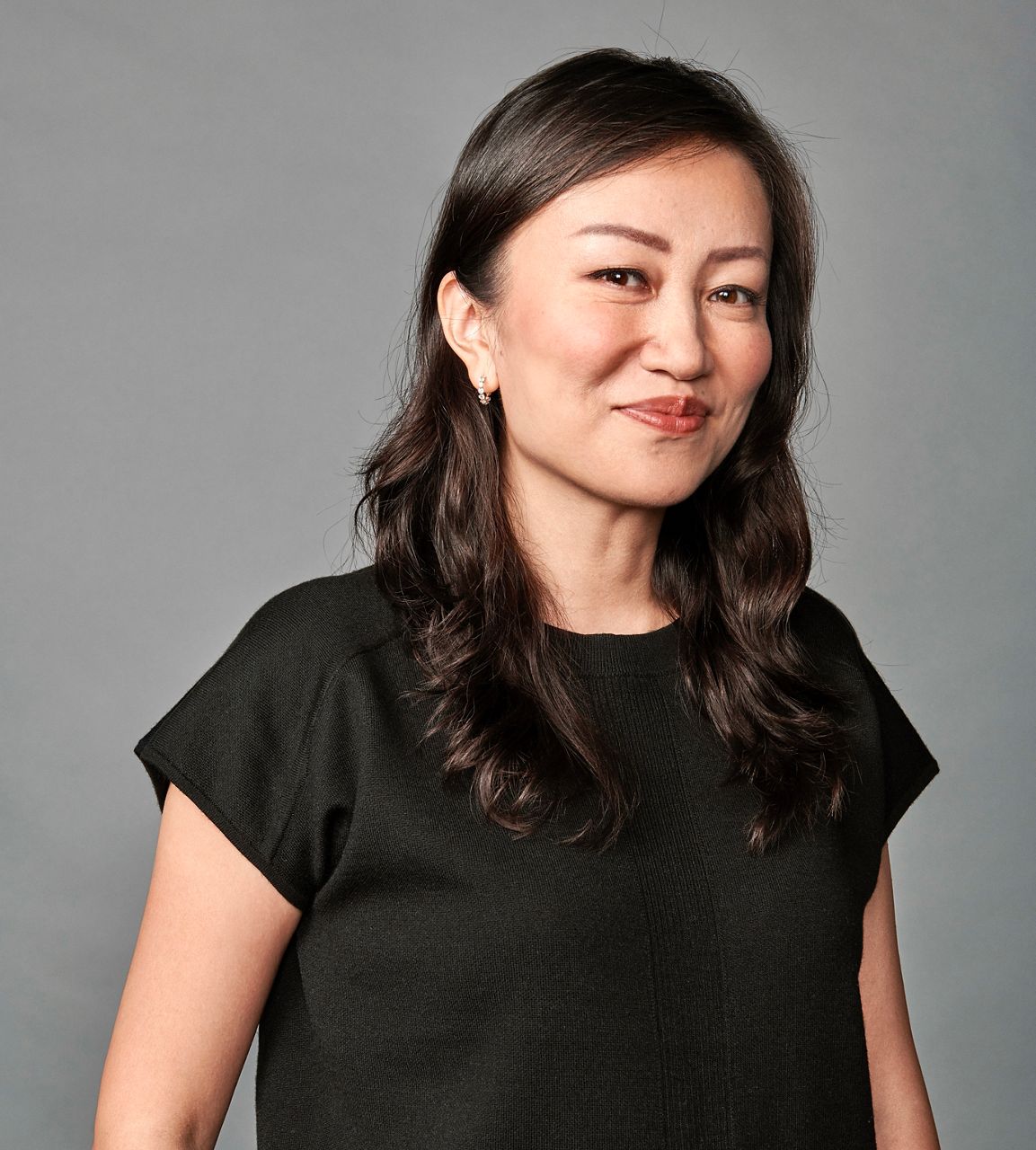
Armed with more than $16 million in additional funding from investors such as NBA star player Kevin Durant, tennis legend Billie Jean King and entertainer Chelsea Handler, LOVB — as it is more commonly known — is eyeing to start a professional women’s indoor volleyball league in the fall of 2024. The company has raised over $24 million since its founding in 2021.
“Hundreds of our talented volleyball players have to go abroad if they want to continue playing professionally. They are making that product [overseas volleyball leagues] really exciting,” said Katlyn Gao, CEO and co-founder of League One Volleyball to Spectrum News. “We want to take volleyball from a popular sport and transform it into a major league sport here.”
The Los Angeles-based upstart company comes as volleyball, especially women’s indoor volleyball, continues its historic rise in popularity nationwide and worldwide.
The game, invented in 1895 in Massachusetts, has always been seen as a niche sport. But its easy learning curve, inclusiveness, teamwork and exciting, fast-paced action have made it popular in the U.S. and worldwide.
According to the National Federation of State High School Associations, more than 454,000 girls played volleyball at the high school level in the 2021-2022 school year. In the mid-1990s, that number was 350,000. For boys and girls last year, over 520,000 high schoolers played volleyball. Those numbers don’t reflect the thousands or tens of thousands of middle school-aged girls who play for their respective middle schools or local club team.
“Volleyball is on an incredible up escalator right now in America and around the world,” said Lee Feinswog, publisher and editor of VolleyballMag.com, in an interview with Spectrum News. “Participation is up on every level for girls and boys, and boys’ volleyball is one of the top growing sports in America. The sport is growing exponentially around the country. Girls’ club volleyball gets bigger and better every year.”
At the college level, Feinswog pointed to the TV ratings on ESPN.
The NCAA women’s volleyball championship between Nebraska and Wisconsin averaged 1.19 million viewers on ESPN2 in 2021, a record for the sport, the Sports Media Watch reported. Last year, that number fell, but viewership was still at a solid 786,000 total-average viewers.
“The ratings are a wonderful indication, specifically on ESPN during the regular season and NCAA tournament, of the game’s growth,” Feinswog said.
Other sports entrepreneurs have also taken notice and trying to capitalize on the sport’s growing popularity.
Athletes Unlimited has already played two seasons in Texas and is similar to a pro-level series of pickup women’s volleyball games.
With backing from NFL quarterback Trent Dilfer and current player Joe Burrow, the Pro Volleyball Federation will launch in February 2024 with eight teams playing a 16-game schedule in places such as Columbus, Ohio, Omaha, Atlanta, and Grand Rapids, Michigan.
The league promises players an opportunity to play at a major league level and “make a real living wage without leaving the country.”
Meanwhile, LOVB said its inaugural season will begin with a preseason in the fall of 2024 and start with six pro teams in as many cities in the U.S. The league announced Atlanta, Georgia, and Houston, Texas, as its first markets.
However, a women’s indoor professional volleyball league isn’t new. It’s been tried, but it failed.
Major League Volleyball launched in 1987 as an all-women’s professional volleyball league in the U.S., but within three years, it folded.
Feinswog said the game has changed. This time, there are more television, cable, and internet outlets to watch the games, which is good for exposure and alternative revenue.
“The difference now is there are a gazillion ways to show the sport,” he said. “The last time there was pro [women’s indoor] volleyball in America, there was very limited cable. Nowadays, there’s a whole new other elements of visualization, such as YouTube, social media, Facebook, Twitter and Instagram. It’s a whole new world.”
Ultimately, many insiders believe the league that strikes a deal with a major network will come out on top.
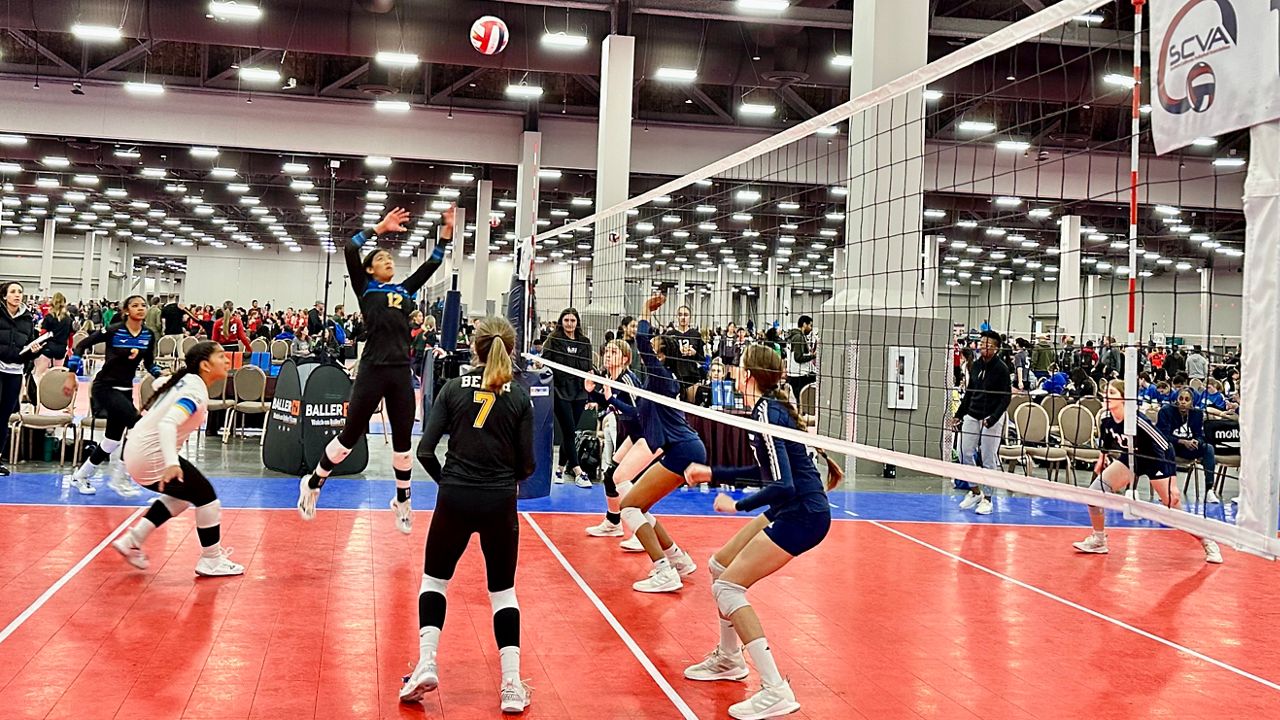
Joy McKienzie-Fuerbringer, director of the Mizuno Long Beach youth volleyball club in Gardena, remembers the former professional women’s indoor league. Things are different this time around, the former Cal State Long Beach star said.
“I don’t think we had the right people overseeing that league,” she said. “We have good people with a good approach now.”
Unlike the other competing pro organizations, LOVB is growing the game from the ground up, Gao noted.
LOVB has been acquiring and creating partnerships with girls’ youth volleyball clubs nationwide to form a foundation of support and base, she added.
“We are very different in our approach,” said Gao. “From the very beginning, we are building an entire ecosystem that allows and enables us to build a community of support from people already passionate about this sport.”
McKienzie-Fuerbringer likens LOVB’s bottom-up approach to how professional volleyball teams operate in Europe, where she played in Holland and Spain.
“The girls play for a community-level group, then the club, and up to the professional ranks,” said McKienzie-Fuerbringer.
In a way, the youth clubs serve as a pipeline for young volleyball players to the pro league.
Melissa Boice, director of SCVC Southern California Volleyball Club, said building from the ground up gives the LOVB league an “instant fan base.” Young girls learn to love and play the game, and their parents and relatives become fans.
SCVC and Mizuno Long Beach are some youth volleyball clubs LOVB has acquired or partnered.
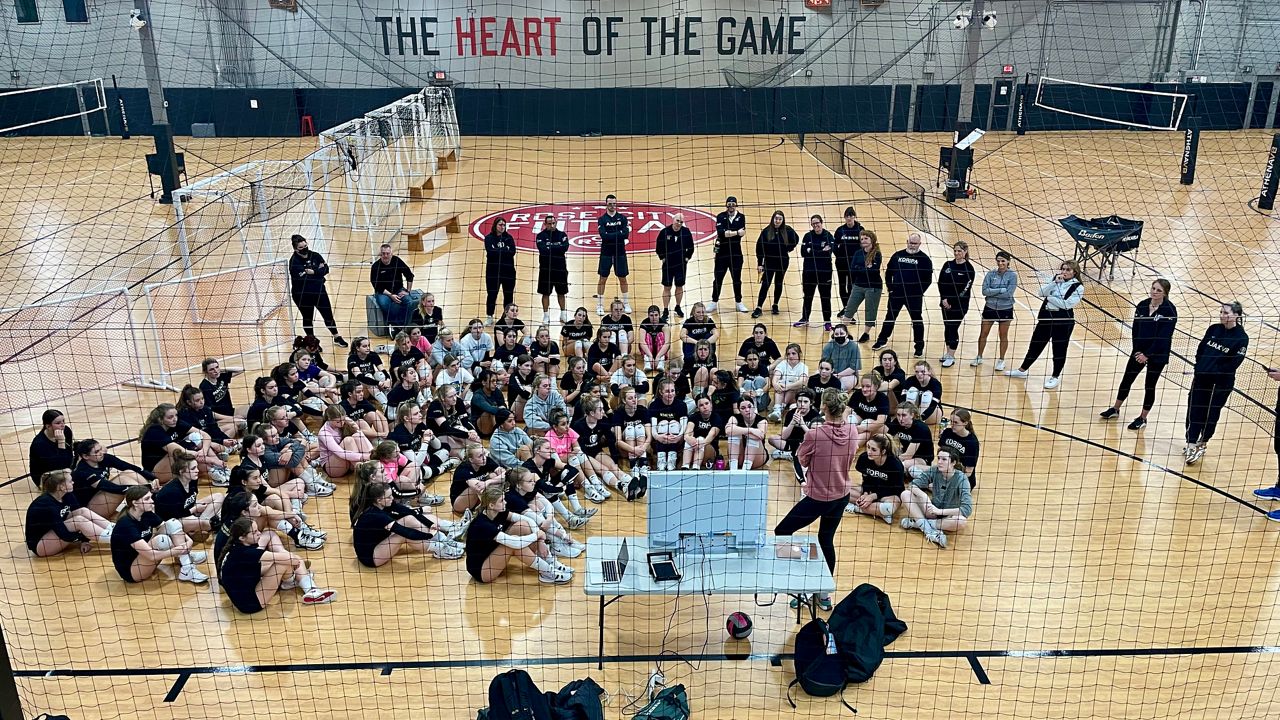
Since launching in October 2021, LOVB officials said their youth volleyball clubs have grown with 800 teams in 35 locations across 18 states and more are on the horizon.
LOVB has plans to double its offering this year as it marches toward the launch of the preseason of its professional league in 2024, LOVB officials said.
The organization has already received commitments from U.S. Women’s National Team volleyball players and gold medalists Kelsey Robinson Cook, Justine Wong-Orantes and Haleigh Washington.
“It’s about time that we have this [a pro volleyball league],” said Boice, who remembers growing up in Orange County when there were only a handful of club volleyball teams across Southern California. “The timing is impeccable. The sport is growing. This gives young girls who want to continue to play [beyond college] a place to play.”
For Corral-Blagojevich, the six-foot-tall Redondo Union high volleyball standout, she looks forward to having an opportunity to play pro.
“I think our game is growing really fast,” she said. “It’s entertaining, and LOVB allows us to play professionally. That’s my goal, to play professionally.”






